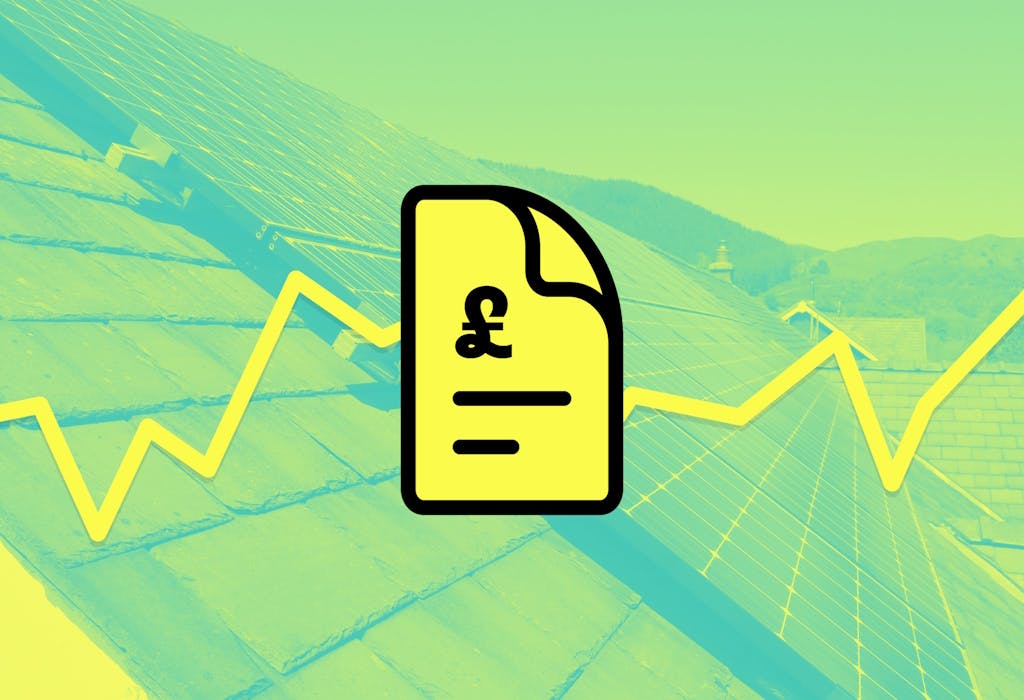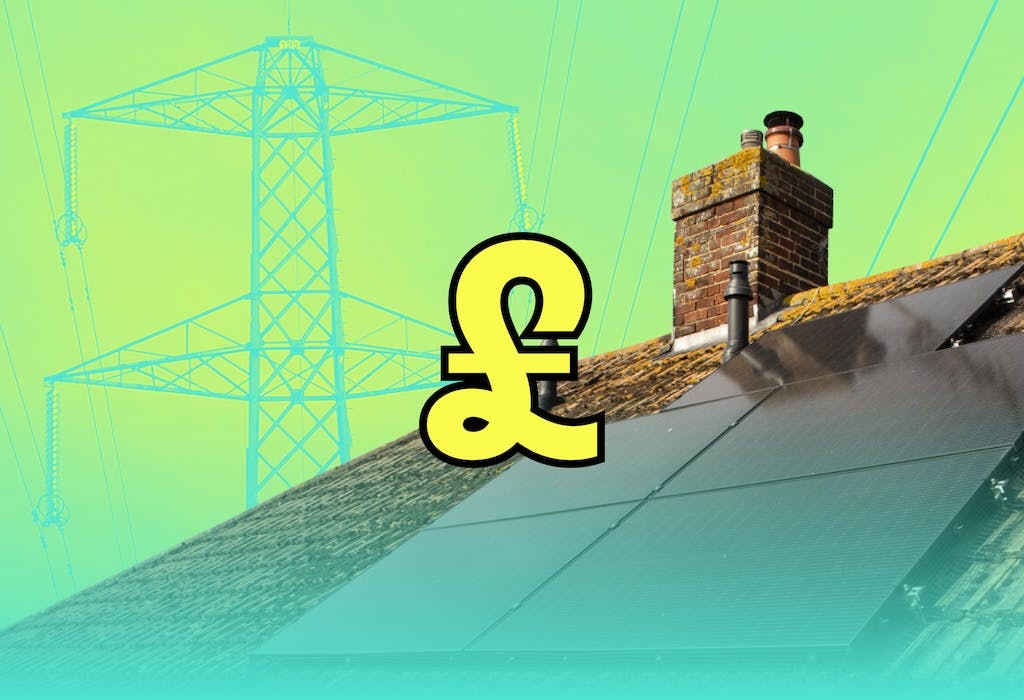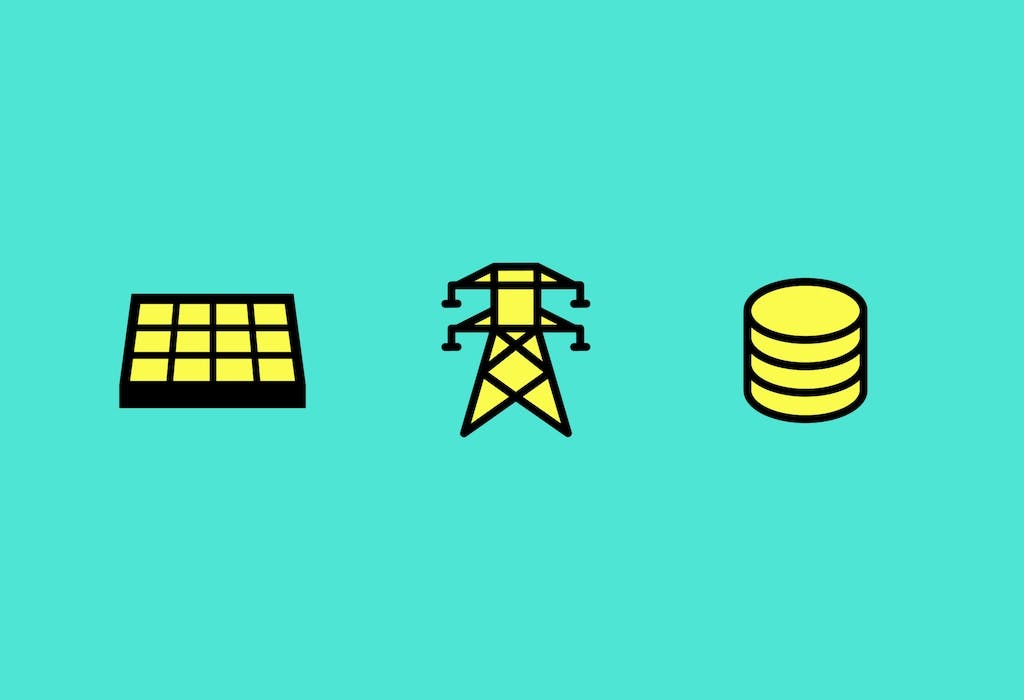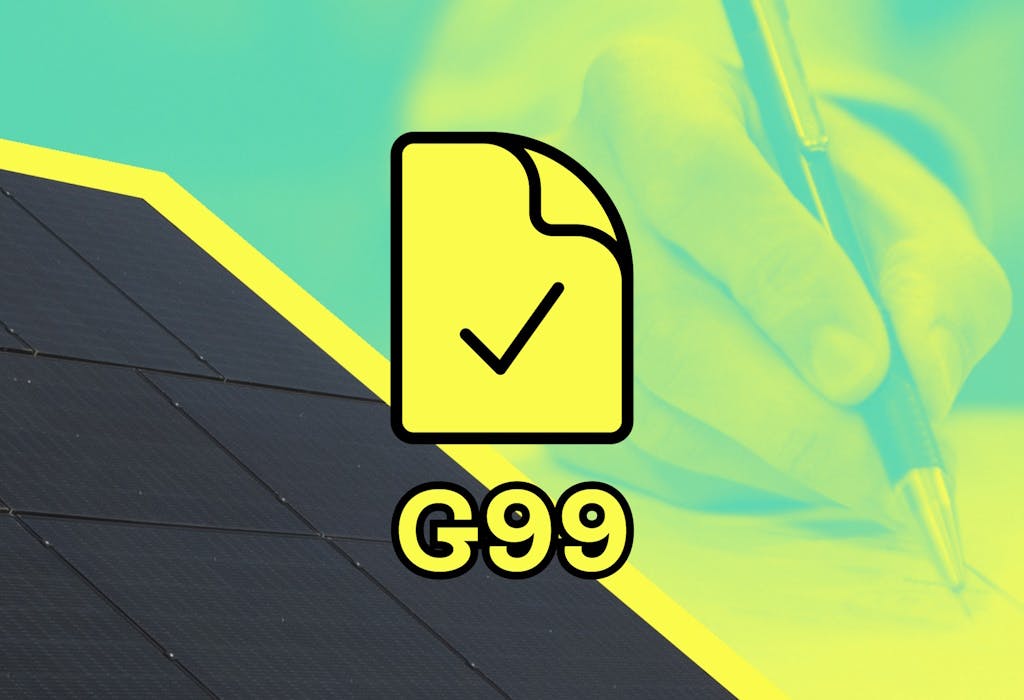- Solar advice hub
- Exporting-to-the-grid
- Your export MPAN: an expert guide
Your export MPAN: an expert guide
Here's what an export MPAN is, how you can get one, who creates them, how long it takes – and why it matters.


Why you can trust our content
We know that the solar industry is full of misinformation, but we only use reliable sources, including:
- Our experienced solar experts, installers and system designers
- Our own database of solar & battery system designs
- Authoritative bodies like MCS and the UK government




Calculate savings
What kind of home do you live in?
Calculate savings
What kind of home do you live in?
Export MPANs: at a glance
Once you’ve switched to solar, you’ll want to maximise your savings and earnings – but to achieve that goal, you need an export MPAN.
Acquiring this unique string of numbers is a necessary part of signing up for an export tariff, which you must do to ensure you get paid for your excess electricity.
In this guide, we’ll explain who creates export MPANs, how you can get one, and how long it takes.
And if you’re wondering how much you could save with a solar & battery system, enter a few details below and we’ll provide an estimate.
Find out how much you can save
What kind of home do you live in?
What is an export MPAN?
An export MPAN (Meter Point Administration Number) is a 13-digit identification number that’s unique to your electricity meter.
It enables your export tariff provider to link your meter readings to your account, so it can pay you the right amount for all the electricity that system sends to the grid.
Export MPANs are only assigned to homes that export electricity, whereas every household that’s connected to the electricity grid has an import MPAN.
This 21-digit number identifies your meter so that you’re charged accurately for all the electricity you get from the grid, and can be found on your energy bill.
Why is it important for solar panel owners?
Before they can sell electricity to the grid, solar panel owners must be assigned an export MPAN.
This is a crucial step in signing up for an export tariff – a type of tariff that suppliers initially created out of obligation, after the government launched the Smart Export Guarantee (SEG) in 2020.
The initiative requires large energy companies to offer a price for every kilowatt-hour (kWh) of electricity that small-scale generators – like solar homes – send to the grid.
In recent times, suppliers have realised that launching additional, higher tariffs is a good way to attract new households.
This has allowed solar panel owners to earn hundreds of pounds by selling electricity to the grid. If you choose one of the best export tariffs, you can earn £343 per year.
That figure is based on a household using 3,400kWh of electricity per year (the UK average ) with solar irradiance of 850kWh per kilowatt-peak (kWp), a 4.6kWp solar panel system, and a 5.2kWh battery.

Who creates your export MPAN?
Your export MPAN is created by your Distribution Network Operator (DNO) – the body that runs the hardware supplying electricity to your region.
There are 14 DNOs in Britain, though they’re owned by just six companies.
These are Scottish and Southern Electricity Networks, Northern Powergrid, SP Electricity North West, ScottishPower Energy Networks, UK Power Networks, and National Grid Electricity Distribution.
They own, run, and maintain the cables, meters, towers, and transformers that take power from the National Grid’s electricity transmission network and deliver it to households, businesses, and factories all over Britain.
How can you get your export MPAN?
When you sign up for an export tariff, the supplier who runs that tariff should request your export MPAN from your DNO. You shouldn’t have to lift a finger.
Your DNO should then send your export MPAN to your tariff provider, who will use it to finish the sign-up process.
Once you’re signed up to the tariff, your export MPAN should be included on any documents your tariff provider sends you to tell you how much export income you’ve earned.
These may take the form of an electricity bill or a credit note – that is, a separate document indicating how much you’ve earned.
You could technically contact your DNO and request your export MPAN, then pass it on to your tariff provider – but this shouldn’t be necessary.
How long does it take to get your export MPAN?
It generally takes around one to four weeks for your DNO to send your export MPAN to your tariff provider.
It mostly depends on which DNO you have and how busy it is at that point, though if your tariff provider is slow to request an export MPAN, this could slow things down too.
Energy supplier ScottishPower states on its site that “this is the longest part of the application process, and is out of our control” – and once a provider has sent the request, this is absolutely the case.
If it’s been longer than four weeks, it may be worth contacting your DNO, as this can sometimes be effective.
What happens if you switch export tariffs?
If you switch to a different export tariff provider, that company should contact your DNO or previous provider to get your export MPAN.
This should be quicker than the first time you signed up for an export tariff, as your export MPAN doesn’t need to be created, just retrieved – but it can still take a while.
Switching to an export tariff with the same provider should be quick and seamless, as the company already has your export MPAN.
It’s often worth changing export tariffs to ensure you’re on the highest rate possible, though you can maximise your earnings by taking your import tariff into account too.
The best import-export tariff combinations can be worth more than £1,000 to a solar home, compared to a household on the price cap that hasn’t gone solar.
This is – again – based on a home using 3,400kWh of electricity per year, with solar irradiance of 850kWh per kilowatt-peak (kWp), a 4.6kWp solar panel system, and a 5.2kWh battery.
Summary
You need an export MPAN before you can sell electricity to the grid, which is a crucial part of maximising your solar earnings.
Thankfully, the company that provides your export tariff should take care of it for you, by contacting your region’s DNO.
The process should take one to four weeks, not require anything from you, and end with you being able to earn hundreds of pounds per year by selling excess electricity to the grid.
And if you’re wondering how much you could save with a solar & battery system, enter a few details below and we’ll provide an estimate.
Find out how much you can save
What kind of home do you live in?
FAQs
Related articles

Written byJosh Jackman
Josh has written about the rapid rise of home solar for the past six years. His data-driven work has been featured in United Nations and World Health Organisation documents, as well as publications including The Eco Experts, Financial Times, The Independent, The Telegraph, The Times, and The Sun. Josh has also been interviewed as a renewables expert on BBC One’s Rip-Off Britain, ITV1’s Tonight show, and BBC Radio 4 and 5.



